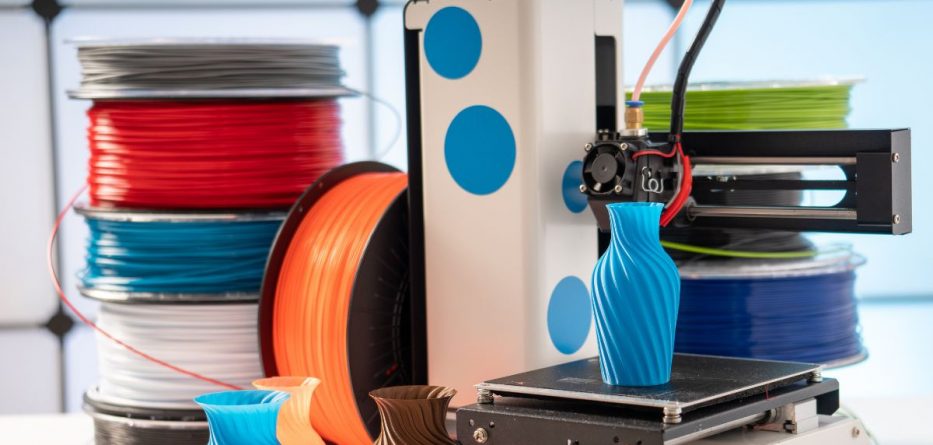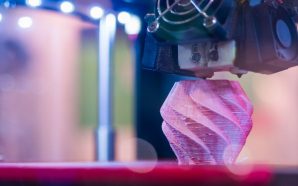3D printing technology has become increasingly accessible and versatile, with various materials available for different applications. One such material is impact-resistant filaments, which offer enhanced durability and strength for printed objects. As the name suggests, this type of filament can withstand impact from heavy use and damage. But what makes these filaments so impact-resistant? Explore the science behind impact-resistant 3D printing filaments to gain an understanding of what makes these filaments resilient to high-stress environments.
Material Composition
The material used in these filaments is what gives them their impressive impact resistance. Filaments can contain acrylonitrile butadiene styrene (ABS), which is a popular thermoplastic polymer known for its toughness and strength. ABS combines acrylonitrile for rigidity and heat resistance, butadiene for flexibility and toughness, and styrene for easy extrusion and molding. This unique blend produces a robust and durable filament that can withstand impacts and resist cracking.
Layer Bonding and Adhesion
Another crucial aspect of impact-resistant filaments is how the layers adhere to one another during printing. Strong layer adhesion is essential for the final product to resist forces and impact. Chain entanglement creates these strong layers, allowing the polymer chains in filaments like ABS to interlock, forming a connection line within the printed object. You may also like to checkout Bolton’s best-selling eBook Materials for Engineers and Technicians 7th edition in PDF.
Printing Settings and Parameters
The user must use appropriate printing settings and parameters for optimal impact resistance. Depending on the filament, these may vary, but they typically involve adjusting temperature, print speed, and layer height. For instance, printing at a higher temperature with ABS can enhance layer bonding, which improves impact resistance. Slower print speeds and smaller layer heights also improve layer adhesion and increase strength and durability.
Post-Processing Techniques
Post-processing is essential for enhancing printed parts’ impact resistance and overall strength. Techniques such as annealing, which involves heating the printed object to a specified temperature, allow the polymer chains to rearrange themselves and improve the crystalline structure and layer bonding. Post-processing significantly improves impact resistance, as well as general mechanical properties.
Innovative Filament Additives
Filament manufacturers have incorporated innovative additives into their materials to increase impact resistance further. For example, manufacturers typically reinforce filaments with glass, carbon, or metal fibers, enhancing toughness, tensile strength, and impact resistance. Such composite materials are becoming increasingly popular for highly demanding applications that require superior strength and durability.
You May Like: What Will 3D Printing Look Like in the Future?
Various factors influence the impact resistance of 3D printing filaments, such as material composition, layer bonding, printing settings, post-processing techniques, and additives. Understanding these aspects will allow you to select appropriate materials, optimize settings, and achieve the desired performance. As 3D printing technology advances, we can expect more innovative filaments with superior strength and durability.
That said, consider learning more about the available impact-resistant 3D printing filaments you can use in your 3D printing projects. Recognizing the variety of 3D printing filaments will help you better understand the science behind impact-resistant 3D printing filaments and improve your decision-making when selecting a filament for higher-impact projects.









